January 25, 2024, marks the official release of Samsung’s flagship Galaxy S24 series in China. The Galaxy S24 series represents Samsung’s commitment to their vision of “AI FOR ALL,” being the first of their smartphones deeply merging AI technology, as well as being a vital medium for various AI functionalities Samsung aims to achieve in the foreseeable future.
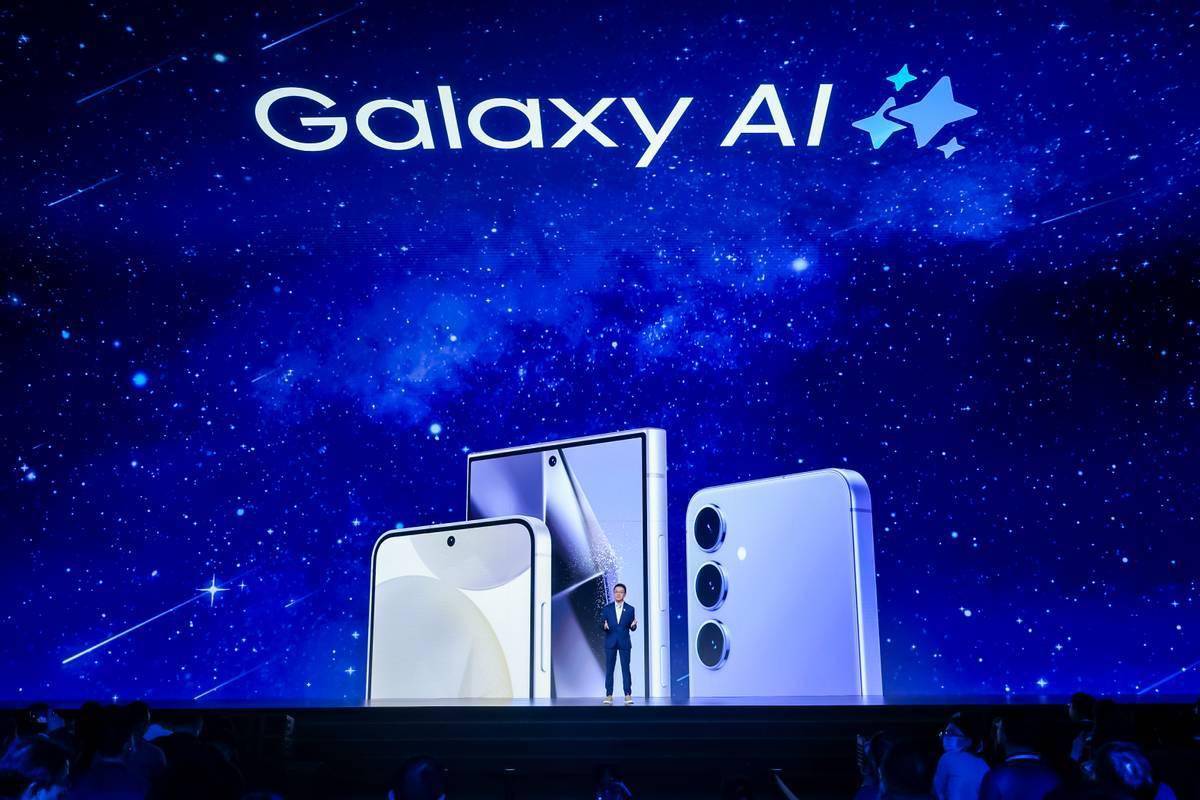
As Samsung’s premier AI-centric flagship smartphone, the AI applications within the Galaxy S24 series are understandably a focal point of interest. The phone empowers more effortless communication, improved productivity, clearer imaging, and refined editing all enriched with AI. Samsung’s goal with this device is to “promote the widespread adoption of AI innovation.”
Samsung’s Gauss Model Powers AI in the Galaxy S24 Series
Although Galaxy AI is significant, Samsung didn’t dwell much on touting the capabilities, computing power, or scale of their in-house models during the launch event. The technical blueprint behind Galaxy AI was pre-empted by earlier announcements, such as the one at Samsung’s AI Forum at the end of last year, which revealed that Samsung’s proprietary generative AI product, Samsung Gauss, would be offering AI support for its upcoming flagship models.
The Gauss model, developed by the Samsung Research Institute, supports the mainstream functions of text processing, coding, and image generation, delivering formidable computational performance. This model’s capabilities have been integrated into the Galaxy S24 series, providing the necessary computational power and data support for the flagship’s AI features.
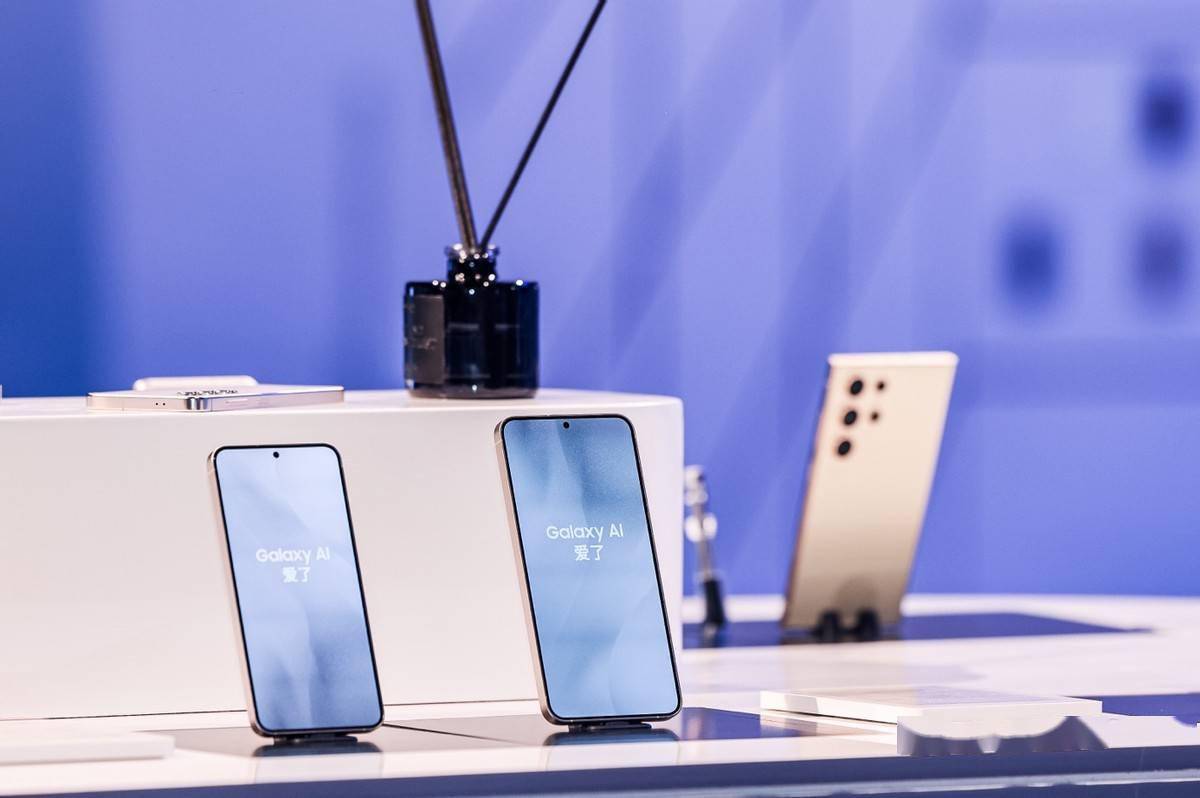
However, implementing these vast server-supported models directly onto mobile devices is unrealistic, considering hardware scale, model reference magnitudes, and energy consumption. Samsung’s edge as a top-tier manufacturer lies in its independent chip development, production capabilities, and supply chain integration. As smartphone chips become more powerful and model compression algorithms more refined, the performance gap between on-device and cloud-based computing narrows. The Galaxy S24 series stands out as one of the first to use offline generative (local) AI in tandem with online generative (cloud-based) AI.
Symbiotic Use of Local and Cloud-based AI
The inclusion of local generative AI means that, even offline, the Galaxy S24 series can still access a range of powerful AI functions, emphasizing the efficiency, usability, and security of data generation. One of the most notable AI features on the Galaxy S24 series is real-time call translation, made possible through local AI. With robust computational support, the translation of conversations between two different languages is swift, requiring no pauses, waits, or interruptions. Moreover, since translation relies on in-device computing power, it’s less susceptible to disruptions like mobile network outages, ensuring a stable functional experience.
But having a large on-device model isn’t enough; the magic of AI lies in its limitless possibilities, which come from the vast amount of information on the internet. Apart from the Gauss model, the Galaxy S24 series collaborates deeply with other major models, complementing the local AI capabilities and achieving a closed loop of AI functionalities in the phone.
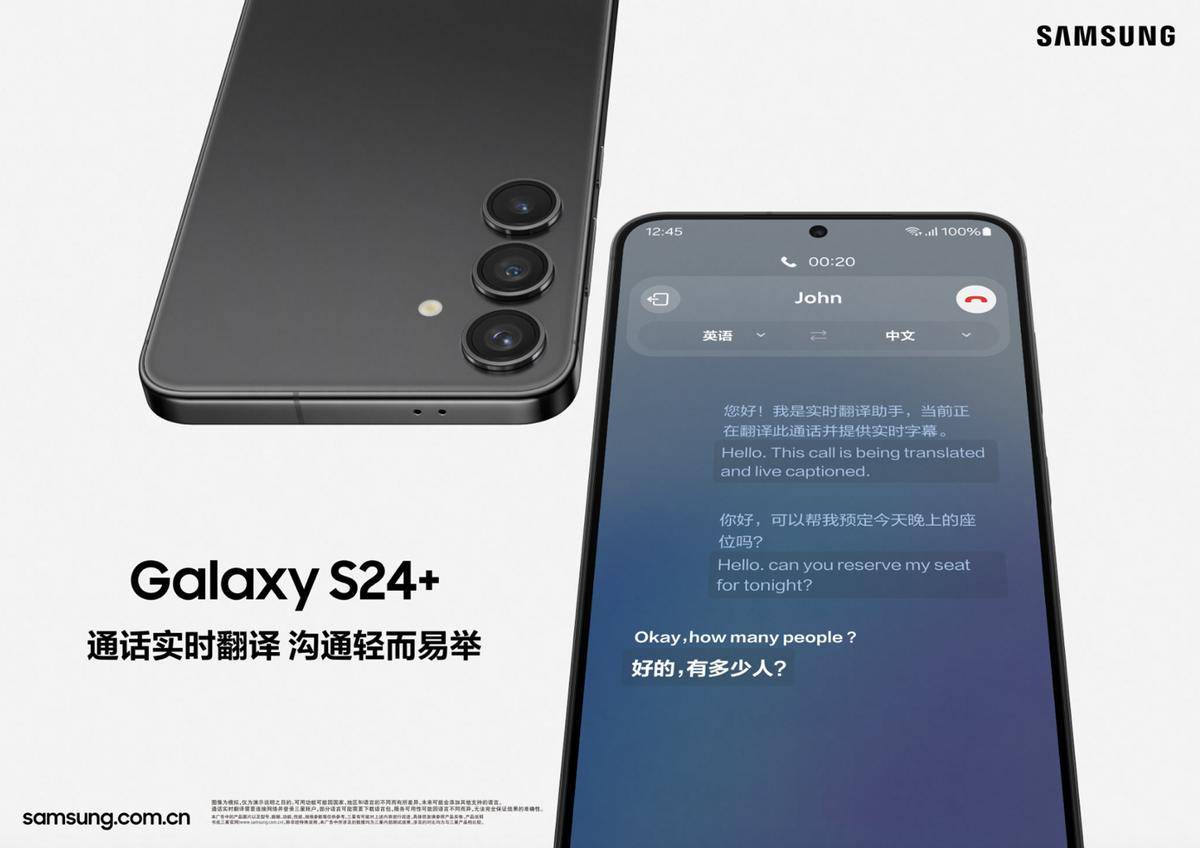
Samsung also takes regional usage habits into account when selecting functionalities for different markets. The Chinese version of the Galaxy S24 series has integrated deep partnerships with Baidu’s and WPS’s language models, as well as Meitu’s visual models, which are among the most widely used and sophisticated in the realms of search, text, and visuals respectively in China. These models are trained on vast amounts of data, providing AI services that are more suitable for Chinese users. Samsung’s pursuit is not about being “cutting-edge” for the sake of it but rather prioritizing localized and practical AI experiences.
The “Instant Visual Search” feature is a prime example of Samsung’s successful cooperation with local models. As an extension of the web search function, it leverages the internet-focused content recognition and search capabilities of large models, demanding high in-device image recognition performance. This feature can swiftly identify images and provide accurate search results, even when local AI alone can’t exhaustively cover all variations. It enables instant accurate object recognition upon selection, seamlessly followed by search results.
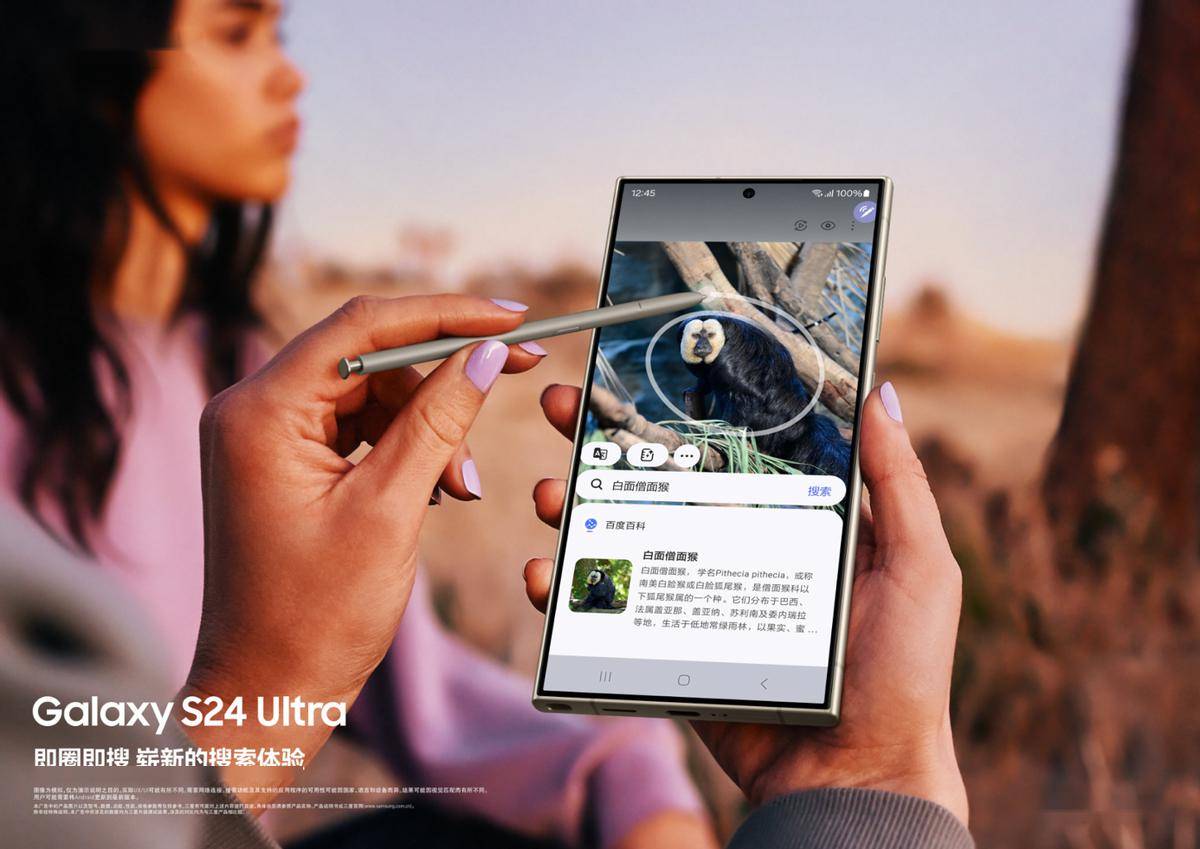
A Unique AI Philosophy That Surpasses Mainstream AI Value
Beneath the exceptional AI functionalities lies Samsung’s unique value proposition in the AI era.
Firstly, Samsung democratizes the “privileges” that AI can afford, previously available to only a few. AI’s enactment isn’t fabricated out of thin air; it’s ultimately assistive, just as one can’t imagine something they’ve never seen or known. AI on the Galaxy S24 series consolidates high-end experiences, like professional simultaneous interpretation and voice recording, into one affordable package, allowing the average consumer the right to top-tier services. Samsung recognizes that technology should lower the barrier for enjoying convenience and happiness, thus enhancing the overall user experience.
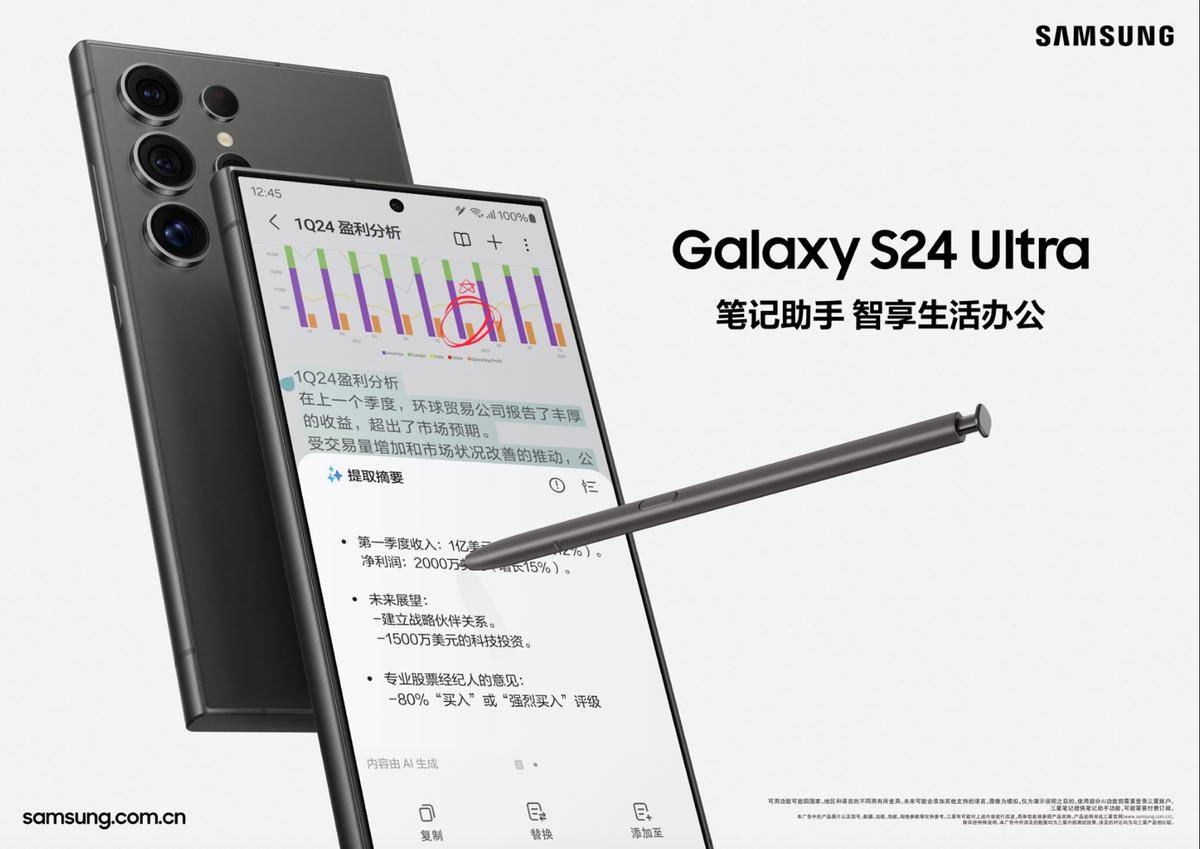
Secondly, Galaxy AI sprinkles extra convenience onto functions that are already widely used. The simplification of complex tasks is what technological advancement is all about, and AI excels at making complicated things straightforward. For example, the Instant Visual Search feature simplifies the changing nature of search experiences. AI vastly improves image recognition accuracy and streamlines the process from recognition to display within a single page, eliminating the need to switch between multiple apps, thus more closely aligning with user intuition.
Additionally, Samsung’s approach to AI is subtly different from other brands. Although AI is a key selling point for the Galaxy S24 series, Samsung doesn’t seem intent on altering AI’s supportive role. Integrating AI deeply into native apps benefits the user experience, but consumer choice remains crucial. In recent years, over-zealous AI like Deep Fusion, while improving image sharpness, has led to unpleasant over-processed photos, irking many users. Galaxy AI is unobtrusive most of the time, engaging only when necessary.
For example, in photography, the Galaxy S24 series employs AI only in challenging lighting or long-range scenarios to improve image quality. In other situations, AI involvement is almost imperceptible. Features such as Instant Visual Search, real-time translation, and AI editing are manually invoked only when needed, ensuring AI not only enhances the experience but also remains quietly on standby, ready for when it’s called upon.

Large models are merely tools; their purpose is to enhance the use of devices and the joy technology brings. Samsung’s current focus is on improving the user experience, true to the adage that a good cat is one that catches mice, emphasizing practicality over bells and whistles. Hopes are high that Samsung will continue to forge ahead under the “AI FOR ALL” vision, maintaining its commitment to providing consumers with top-notch experiences and bringing the breeze of AI into the homes of countless users.